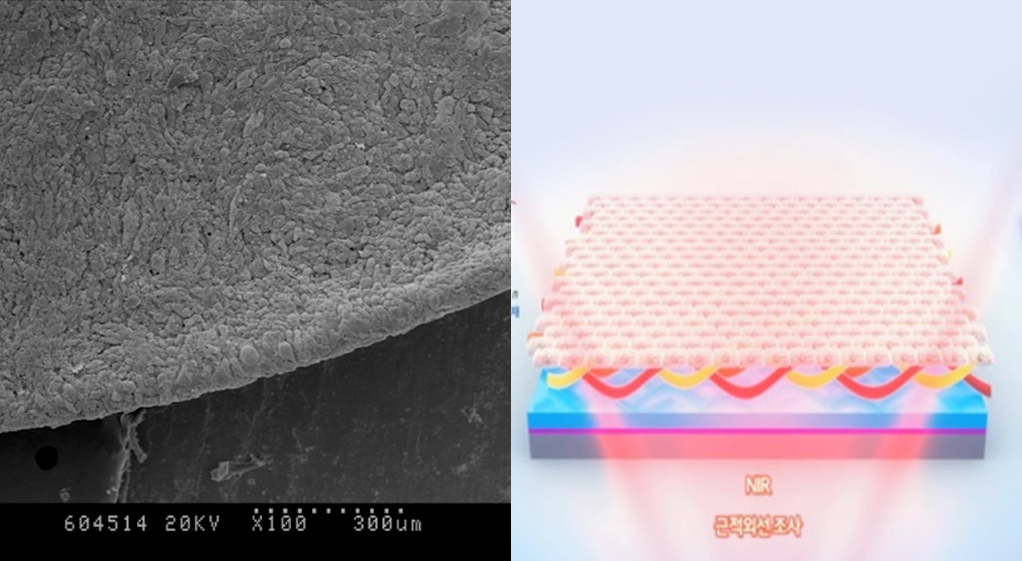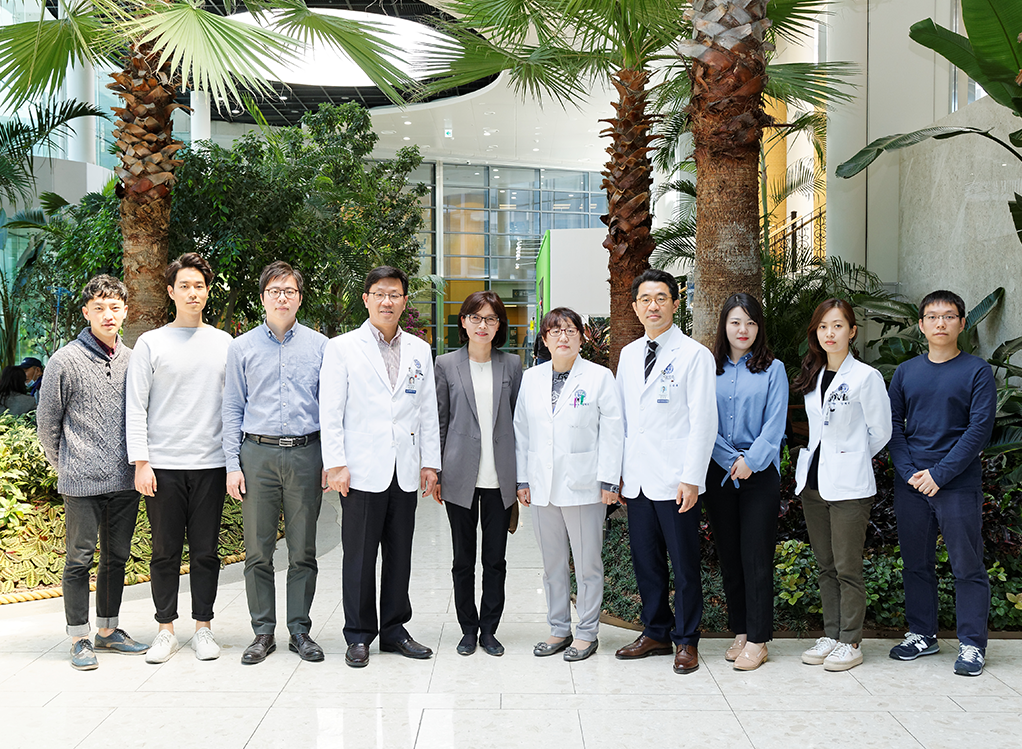Discovering a new path of stem cell therapy for chronic wounds
A collaborative effort by medical and engineering researchers led to the development of stem cell sheets with excellent wound healing properties.
The year 2017 marks the 60th anniversary of the integration of Yonhui College and Severance Union Medical College into the current Yonsei University. The two institutions have participated in research advancement for decades and there have been active attempts at interdisciplinary research involving multiple academic disciplines. The project “Developing photothermic stem cell sheets for the treatment of intractable wounds” is the epitome of such an effort. Here, we interviewed Dae Hyun Lew (LEW), the principal investigator of the study and a professor at the Department of Plastic and Reconstructive Surgery at the Yonsei University College of Medicine.
Q. What motivated your team to pursue this project?
LEW. Chronic wounds, such as bedsores and radiation and diabetic ulcers, are characterized by delayed wound healing despite adequate treatment. As it causes major discomfort for patients carrying out daily activities, many treatment methods have been developed to help patients return to their normal lives as soon as possible. As of today, stem cells are the most promising treatment method under research and development.
So far, stem cells have been used to treat wounds by first culturing the cells, isolating those using enzymes, and directly injecting them into the lesion, which largely neglected intercellular interactions. The drawbacks of such a technique are reductions in the ability of cells to release growth factors—due to the lack of intercellular interactions, and difficulties in preserving the cells at the desired location.
To overcome these shortcomings, stem cell sheets were developed to apply stem cells to patients without isolating individual cells from the culture or losing intercellular interactions. Generally, cell harvesting is performed using thermosensitive polymers, but such techniques require prolonged exposures to low temperatures. This continuous low-temperature stimulation may hamper cell metabolism and induce necrosis. These techniques also require complex processes to prepare the polymers.
We initiated this research from the idea that a cell-harvesting technique using the photothermal effect of conductive polymers could be applied as a method to produce cell sheets for chronic wound treatment, addressing the previously mentioned problems.
Q. What are the anticipated effects of the study?
LEW. With the collaborative research effort from the medicine and engineering departments, we developed a cell sheet-harvesting technique that involves the use of thermosensitive proteins and thermal energy released from conductive polymers within a few seconds after exposure to biosafe infrared light. We discovered that this technique can also minimize temperature stimulation. By expanding infrared optical technology, it is now possible to harvest cell sheets of various patterns and sizes and to harvest multiple cell sheets at once. We believe that this technique would provide a new type of stem cell therapy for chronic wounds and other treatments.

Q. Tell us briefly about the current status of your research.
LEW. Our research was selected for the advanced medical technology-based stem cell regeneration project by the Korea Health Industry Development Institute in 2015. We were given government funding of 1.5 billion Won over three years, and are now in our third year. The first part of the project sheds light on the biological characteristics of the stem cell sheets fabricated by the engineering department, and is led by my medical research team. The second part of the project is led by Professor Eunkyoung Kim of the Department of Chemical and Biomolecular Engineering at Yonsei University, who established and verified the stem cell sheet manufacturing process.
Q. What achievements have your team made?
LEW. Over the past two years, we have successfully purified adipose-derived stem cells for manufacturing cell sheets, and developed a more effective technique for harvesting stem cell sheets by controlling the photothermal properties of conductive polymers. The manufactured stem cell sheets show an adequate survival rate for clinical use, and we confirmed that it has more active release of growth factors that help in wound healing than existing solution type agents. We also proved that the wound-healing properties of stem cell sheets are superior in a general wound model. Based on its potential as a new stem cell therapeutic agent, we are currently in the process of obtaining approval from the Ministry of Food and Drug Safety (MFDS) for a clinical trial.
Q. What are your future research plans?
LEW. Currently, we are working on a technique through which stem cell sheets can be efficiently harvested faster by developing conductive polymers with increased photothermal effects, as well as techniques to optically control the shapes and sizes of stem cell sheets. Experiments with diabetes and radiation wound animal models verified faster healing. We are planning to verify the efficacy and safety of the developed adipose-derived stem cell sheets in actual patients with intractable chronic wounds. To this end, we are currently undertaking administrative procedures and collecting and organizing data on efficacy and safety to obtain a final approval from the MFDS. We are also holding multiple meetings with a firm capable of producing cell therapy products to transfer and commercialize the technology.

Principal and Co-investigators
List of relevant references
Recommended Articles
Professor Hyuk-Jae Chang
Professor Sung-Joo Hwang